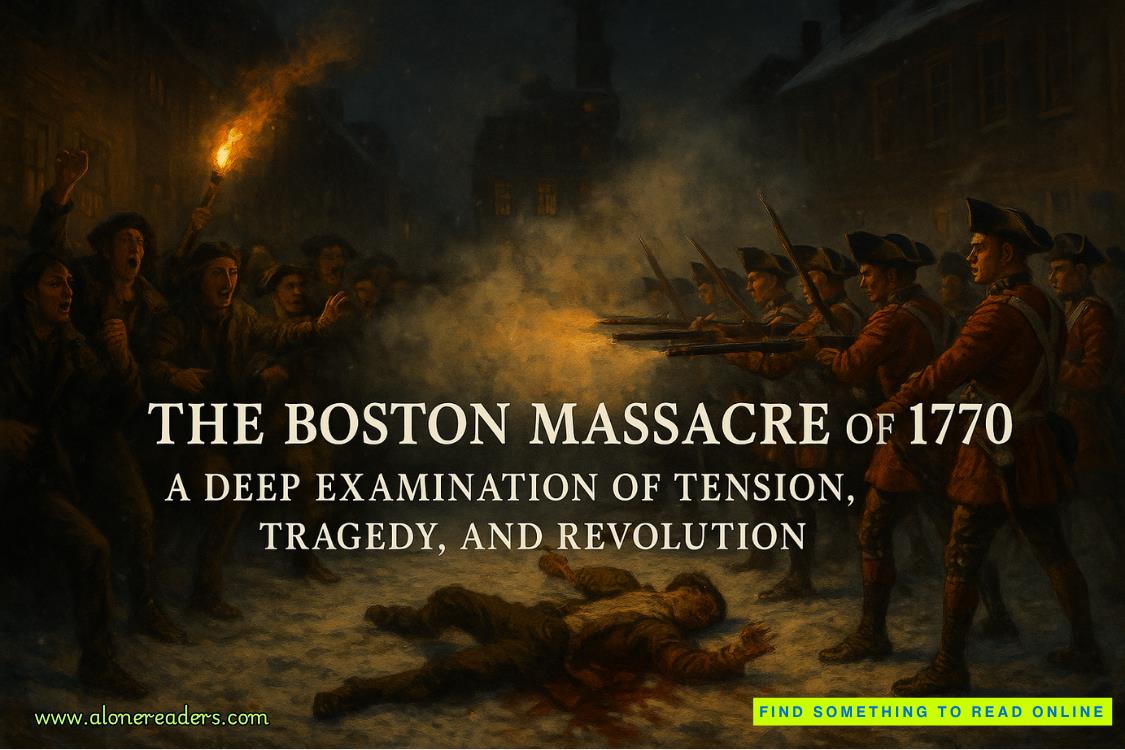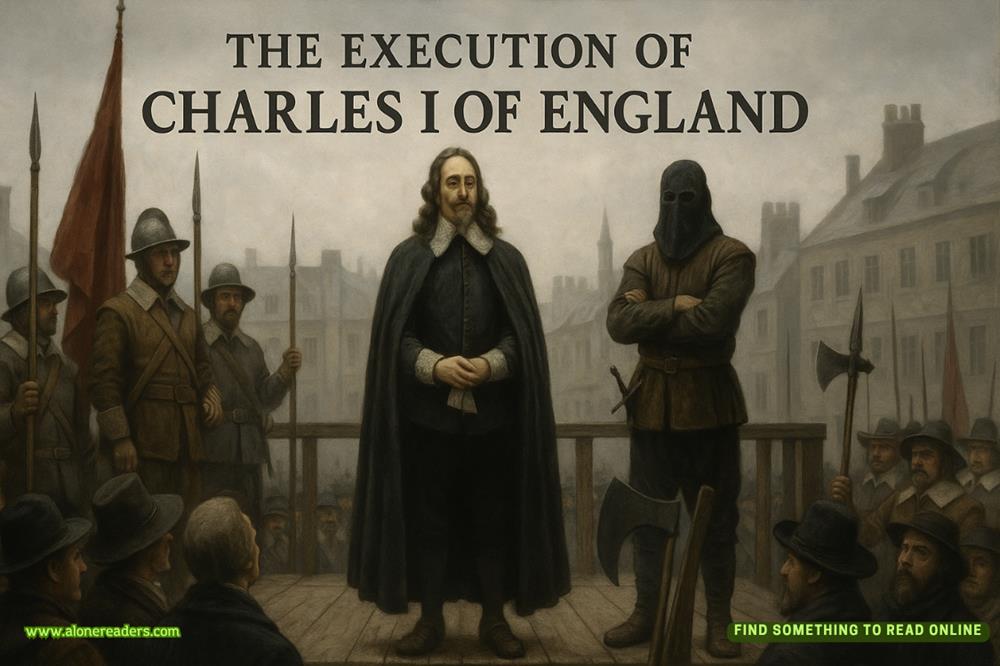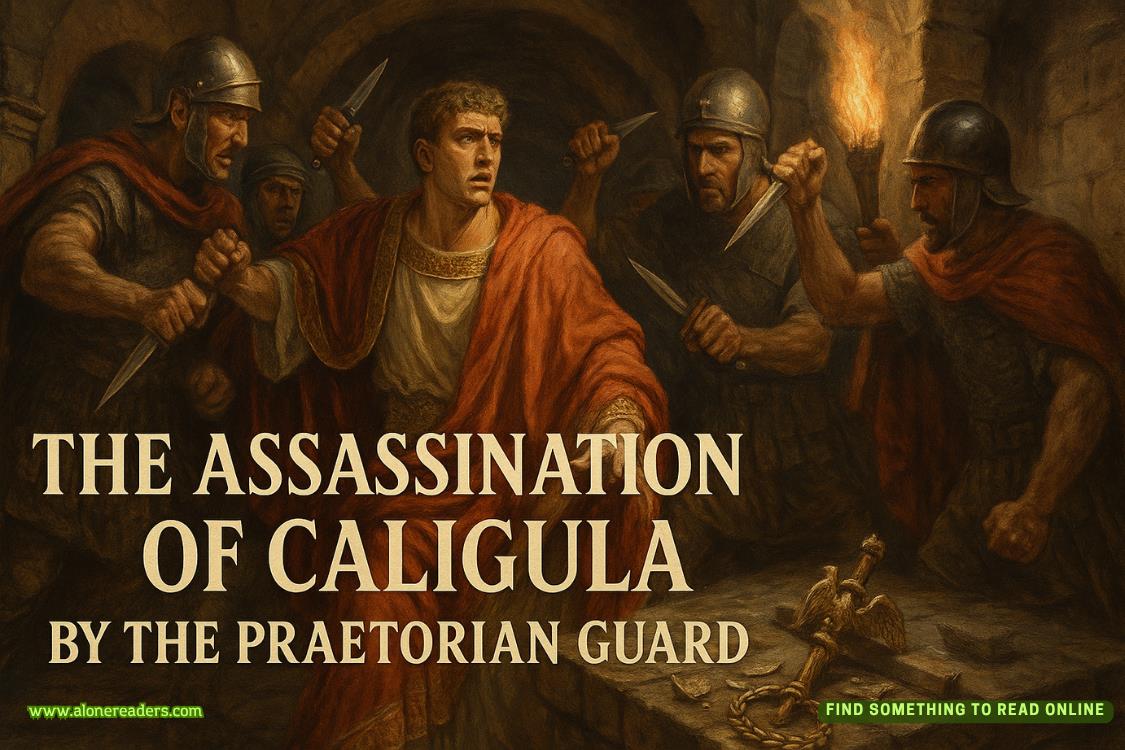Page 48 of Den of Iniquity
I could have jumped the line by going straight to my friend and former partner, Ron Peters, who is now the longtime assistant chief of police at SPD, but pulling rank was bound to piss off all the people whose help I would need to reopen any or all of my cases. Insulting those lower-totem-pole folks seemed like a plan to fail. No, in this instance I needed to go through channels, across desks, and up the chain of command, carefully crossing allt’s and dotting alli’s along the way. As for my starting point? That would be the only Seattle PD officer connected to the Darius Jackson case, Detective Sandra Sechrest.
In establishing any kind of working relationship, I prefer my initial encounters to be face-to-face. With that in mind, and with Sarah once again stretched out full length on the back seat, we headed for downtown Seattle on I-90. On the way, I called both Mel and Kyle, leaving messages to let them know that this was taking longer than expected and that they were on their own as far as figuring out plans for dinner.
During my years at Seattle PD, I worked out of the fifth floor of the Public Safety Building, known throughout the city for having the slowest elevator in town. That’s all gone now, not only the elevator, but also the building itself. It went bye-bye years ago and was replaced by the new Seattle Police Department Headquarters a few blocks away at Fifth and Cherry. I had been to the new building several times during my years with the Special Homicide Investigation Team, but not often enough to know my way around.
In the lobby I was asked who I was and why I was there. “My name’s J. P. Beaumont,” I told the clerk. “I’m here to see Detective Sandra Sechrest.”
“Any relation to Scotty?” the clerk asked.
Here we go again!
“He’s my son,” I told her.
“You must be very proud of him then,” she said, beaming at me as she handed over my visitor badge. “He’s a real go-getter.”
I made my way to the elevator and rode up to the seventh floor where I was met by a uniformed desk sergeant who acted as gatekeeper to a well-appointed office space that bore no resemblance to the Homicide squad’s old digs in the Public Safety Building, where Captain Larry Powell’s glass-lined office, the Fish Bowl, had dominated the interior landscape.
The desk sergeant greeted me and inquired about my business.
“I’m here to see Detective Sechrest,” I told him.
“Regarding?”
“Regarding some cold cases, three to be exact.”
That got his attention. He picked up his phone. “Detective Sechrest? There’s a J. P. Beaumont here at the desk. Says he has three cold cases for you.”
The woman who showed up a few minutes later was a petite redhead who reminded me for all the world of someone I had met in Arizona years earlier, the sheriff of Cochise County, Joanna Brady.
“Glad to meet you,” Sandra Sechrest said, holding out her hand, “and call me Sandy, please, but three cases? I thought you were working on Darius Jackson.”
“I am,” I told her, “but now I’ve found some other cases, and I suspect all of them are connected—two occurred here in Seattle while a third happened in Liberty Lake over in eastern Washington.”
“Whoa,” she said. Then, turning back to the desk sergeant, she asked, “Is anyone using the conference room at the moment?”
“Nope,” he said. “It’s free and clear.”
Sandra turned back to me. “Let’s talk in there, then, shall we?”
She led the way. Inside the room, she waited until I was seated before leveling a green-eyed stare in my direction. “Okay,” she said, “tell me.”
So I did, from the beginning, starting with Matilda Jackson right on through my afternoon meeting with Greta Halliday, including how Yolanda Aguirre’s study into long-term ramifications of overdose deaths in families of the deceased had allowed me to zero in on victims whose death rulings of suicide or accident I considered to be erroneous.
Sandra Sechrest was a fast study. “Do you think there might be others beyond the four you’ve already identified?” she asked when I finished.
“I do,” I said, with a nod. “There are close to a dozen additional files that may or may not be connected, ones where I need to conduct further interviews. And there are also additional files that have yet to be reviewed. The problem is, those initial interviews by Yolanda Aguirre were conducted with the understanding that they were confidential, so I’m having to wait to see if any of those other interviewees will reach out to me to provide additional information.”
“Where do we stand right now?” Sandra asked.
Her use of the wordwemade me think that, as far as Sandra Sechrest was concerned, we were already in this together. That’s when I pulled the evidence bag containing Loren Gregson’s personal effects out of my pocket and laid it on the table in front of her.
“I suggest we start here,” I said. “I used gloves when I handledthe wallet, but I’d like to have that swabbed for DNA. Ditto for the two hundred-dollar bills I found inside.”
“You know the drill,” she said. “I can’t submit evidence for testing without having an active case number. None of your cases are active. They’re linked, yes, but at this point I still doubt you have enough to get the M.E. to change manner of death rulings here, or even to get traction in Liberty Lake. But for our purposes, the fact that all the Seattle cases are considered closed may be a godsend.”
“How so?”
“Because you can go take a look at the existing evidence boxes, the same way you did with the Jackson case. You know as well as I do that a lot of the investigation happens in the first forty-eight hours after a body is discovered. Depending on what else the M.E. had on her plate at the time, the autopsy itself might have been delayed for that long or even longer.”















